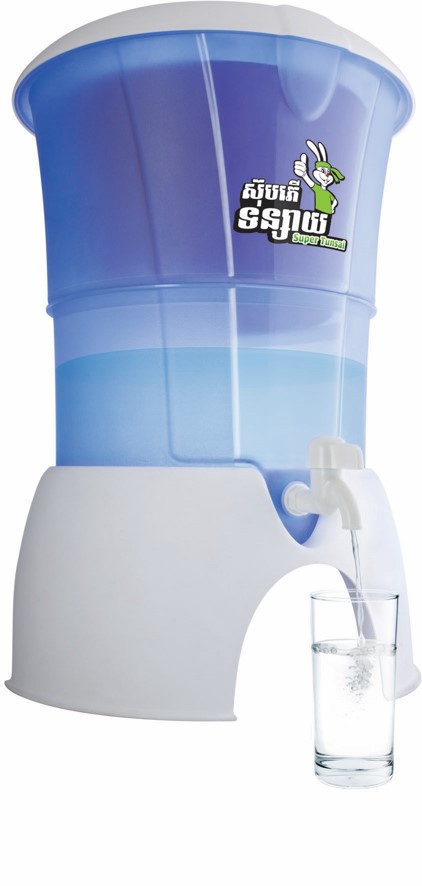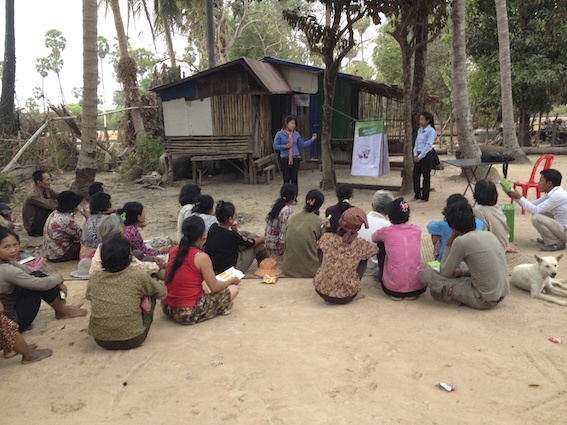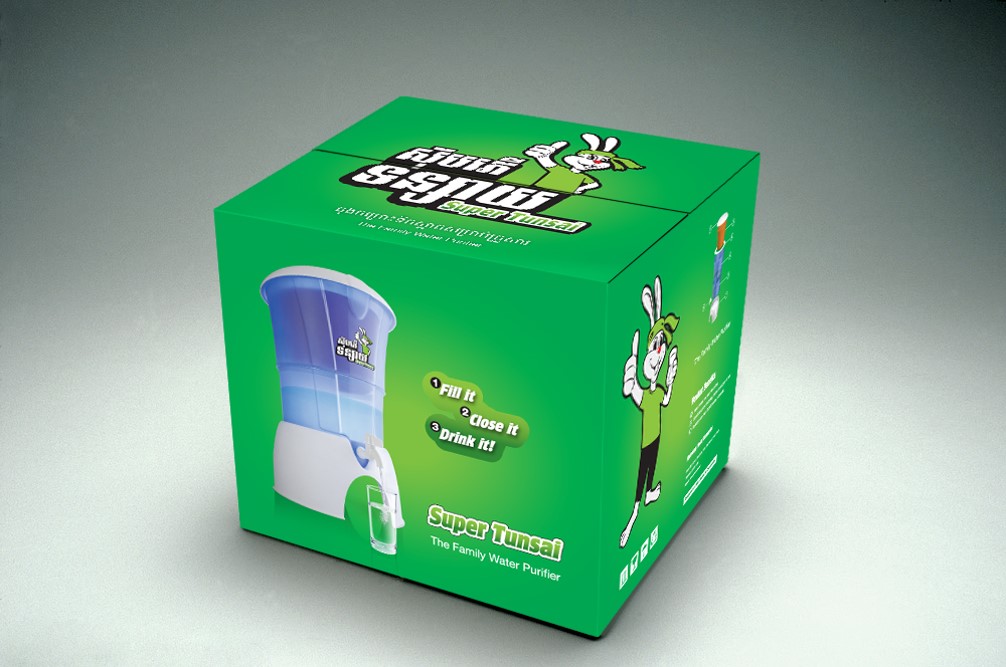This case study supports and illustrates the theoretic factsheet "Innovative ways to reach non-users" with practical insights.

ceramic filter
Source:
Hydrologic, 2016
In Cambodia more than one third of the rural population has no access to improved water sources. Leading to over 10,000 deaths every year due to waterborne diseases. To improve these circumstances iDE started a ceramic filter initiative in 2001. Potters for Peace, trained 3 local NGOs (Resources Development International, Red Cross Cambodia and iDE) based on its experiences from Latin America to locally produce ceramic water filters. At that time, the process was simple with a capacity of producing 300 ceramic pots per month at iDE’s factory. As demand increased steadily, a new factory was built in 2010 with a more logical production flow and enough equipment and space to produce on average 5,000 pots per month. If production is pushed, peak production can reach up to 7,000 filters per month. In the meanwhile sales increased up to 6,000 filters per month, reaching over 460,000 filters sold in total by end of 2017.
But how come production and sales of the ceramic filter increased roughly by 20 times per month by 2018?
Sales have not always been as rosy – transforming the NGO initiative into a social business called Hydrologic was a major step to attract additional investments and to develop and market a premium product – the Super Tunsai (see picture above) which many customers found aspirational. Also a sophisticated sales force and social marketing activities were key in order to reach scale. Nevertheless were sales in certain rural areas slow during Hydrologic’s scaling. In some villages customers showed high interest during social marketing village meetings (see picture below), but nobody would buy anything in the end. Over time, Hydrologic had realised that they performed better in villages, in which village chiefs had become a customer. Village chiefs hold by tradition a special status in the Khmer culture and are perceived trustworthy people knowing customs and traditions of the community. Practice has shown that when the village chiefs bought a water filter, informed other village people about the product and its quality credibly. Thereby valuable word of mouth promotion for the business has been created. Eventually, the importance of the village chief was deemed so invaluable when it came to entering new market regions that Hydrologic began to actively integrate them into their social marketing and sales activities. Village chiefs are today directly contacted by phone and a personal meeting is fixed before the actual village meeting takes place. The village chief shall then help facilitating the community meeting. If this trusted person recommends and endorses the Super Tunsai, the product is automatically much more trustworthy than if an external sales agent comes independently with no connection to the key person in the community. For this reason, village leaders are a crucial part of Hydrologic’s community gatherings that inform a village about the need of safe water and the benefits of using one of its ceramic filter products.
Hydrologic has additionally a series of really active advertising to bring its innovation from early adopters to early majority and late adopters. This advertisement clip (see picture) on the added value of the ceramic filters, was designed for the national TV channel and was presented as major consumption product for all Khmer people. It was part of the process to reach new consumers in rural areas.The clip is available here.


Hydrologic, 2016
Hydrologic also worked on improving their packaging (see above) and payment system (see case study on microfinance for more information). The box of the Super Tunsai filter is aspirational and really convenient for rural populations that have no easy access to storage boxes. The design of the Super Tunsai filter was also designed to fit the perception and symbolism of a respected animal (i.e. the rabbit) in Cambodia.
- Understanding the local culture and tradition and adapting your sales strategy and marketing activities accordingly are key in becoming a successful business.
- Identifying early adopters and targeting first when expanding to new regions can help in increasing market penetration substantially.
- As the case study reveals it will take time to identify an early adopter that can leverage future sales. Nevertheless shall different strategies be executed in order to identify early adopters – it pays off over time and positively affects the development of a business.
- In order to understand traditions, customs and the culture of local communities and accordingly identify potential early adopters, it is recommended to directly communicate with the local population and hire marketing staff that is familiar with local customs, language and community structures.
- Create an aspirational product in order to attract early adopters.
- Do test a potential early adopter strategy that worked in first place in a particular region in the newly targeted region in order to assure that it works before rolling out the new strategy at large scale.
Hydrologic: Infiltrating the Market / Double/ Delete this one after having linked the factsheet to the other library entry
Hydrologic has produced an extended case study documenting its 14 year evolution from a donor-funded NGO project to a sustainable social enterprise.
HYDROLOGIC (2015): Hydrologic: Infiltrating the Market / Double/ Delete this one after having linked the factsheet to the other library entry. Evolution of a Social Enterprise. . Hydrologic Social Enterprise Co. Ltd URL [Accessed: 16.04.2018]iDE Hydrologic: Super Tunsai Water Filter TV Commercial [Video file]
Introduction new technologies is only one aspect of development work. Showing people the benefit of spending their hard earned money is also key. Learn how iDE's social enterprise Hydrologic is doing this with local TV commercials.
MARTIN, I. (2014): iDE Hydrologic: Super Tunsai Water Filter TV Commercial [Video file]. URLEntrepreneurship and Innovation at the Base of the Pyramid: A Recipe for Inclusive Growth or Social Exclusion?
Going to Scale with Safe Water: Analyzing the Business Model of Hydrologic Social Enterprise in Cambodia
The thesis focuses on various aspects of Hydrologic’s innovative business model and the different elements and difficulties in relation to Cambodia’s water sector. The author identifies strategies to scale up the company in another country and provides helpful, praxis-oriented insights into the development, the needs, the challenges and potentials of the company in the scaling process.
KOHLER, S. (2016): Going to Scale with Safe Water: Analyzing the Business Model of Hydrologic Social Enterprise in Cambodia. St.Gallen: University of St.Gallen URL [Accessed: 18.04.2018] PDF

